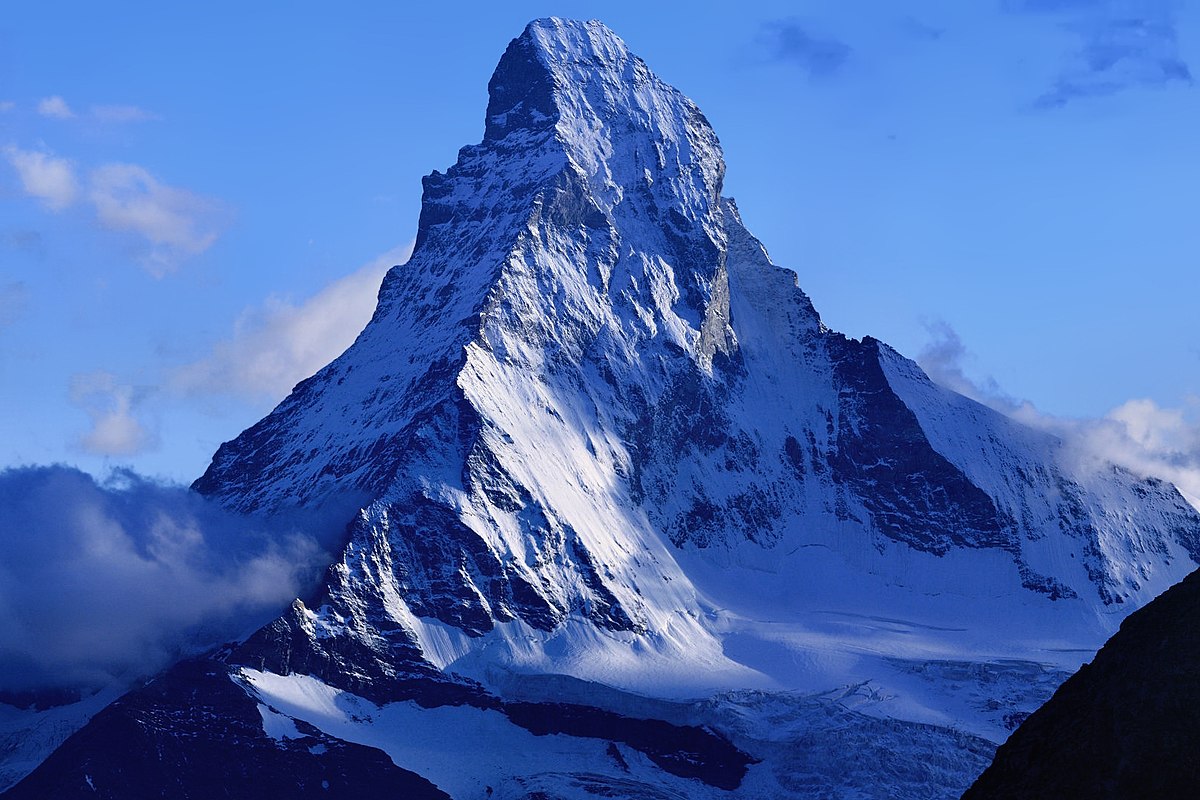The Matterhorn is undoubtedly one of the best known mountains in the world, if not the best known. Because of its isolation and difficulty of access, it was discovered relatively late, even if it appears on maps of the seventeenth century, such as the General Map of the Swiss Cantons and Bailiwicks, published in 1643 and probably the first to locate the summit. It was not until the 18th century that it began to attract attention and in the 1820s that it became widely known. Part I – Until the 1850s The Matterhorn is undoubtedly one of the best known mountains in the world, if not the best known. Because of its isolation and its difficulty of access, it was discovered only relatively late, even if it appears on maps of the XVIIth centurylike the general map of the Swiss Cantons and the bailiwicks which depend on it, published in 1643 and probably the first to locate summit. It is only in the eighteenth century that it begins to attract attention and in the 1820s that it begins to be widely known. A mountain with unique shapes The Matterhorn has impressed the public and scientists alike with its characteristically slender shape, prominent prominence and isolation since it was first discovered. The unique properties of the Matterhorn made it a geological curiosity for scientists, who wondered how it was formed. This question crosses a good part of the XIXth century and is already found in Horace-Bénédict de Saussure, one of the first to speak about this mountain. The Genevan wonders in particular what force acted on the summit to give it its current shape, but he is also very impressed by the summit, evoking a “magnificent rock”. James David Forbes, glaciologist and Scottish mountaineer disciple of Saussure, is like his master struck by the mountain, which he judged without equal.

Related Posts

